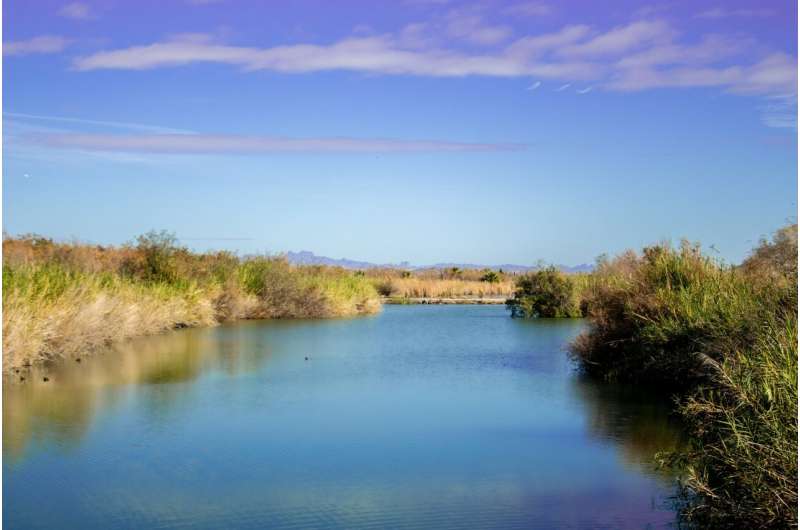
“Sometimes the crazy ideas lead to watershed improvements.” That was a key takeaway from research conducted by Utah State University, published in the American Society of Civil Engineer’s Journal of Water Resources Planning and Management.
Using Google Sheets during video calls, 26 Colorado River Basin managers and experts took on water user roles to discuss consuming, banking and trading Colorado River water.
As Western states face aridity and reservoir levels depleting, more of the water available for consumption and conservation comes from reservoir inflow, not storage. Water banking gives users more flexibility to respond to variable inflow and declining storage. Banking contrasts with current river management that requires California, Arizona, Nevada and Mexico to reduce their consumption as Lake Mead levels decline.
“This immersive, online and collaborative approach was different from previous methods that relied on offline models or complex computing systems to predict water needs and set rules,” said David Rosenberg, the study lead and professor in the Civil and Environmental Engineering Department. “This method allowed participants to directly interact and collaboratively improve reservoir operations.”
Collaborators stated that the modeling project was fun, more holistic and encouraged them to think about equity issues. Several collaborators also shared that a Lake Powell-Lake Mead water bank would be “a huge leap from management today.”
Feedback from those 26 managers and experts helped improve the collaborative process, increase flexibility, and generate new insights for management. Rosenberg’s research identified 10 key takeaways.
- Model to provoke discussion about new operations rather than propose a solution. This is a desirable prelude to more formal evaluation of solutions or quantifying tradeoffs.
- Solicit feedback early to allow collaborators to improve a management alternative and the online environment in which the alternative was modeled.
- Identify points of conflict to focus limited time during model sessions to provoke discussion on future operations rather than mediate or try to resolve conflicts.
- Provide model options showing different ways to approach points of conflict. Options turn conflicts into choices. Collaborators can then think about and discuss the choices.
- Prorate reservoir evaporation by water account balance. Parties with larger account balances shared more responsibility for reservoir evaporation.
- Many options exist to prevent reservoir draw down below the protection volumes specified in federal regulations.
- Allow trades to increase management flexibility. There was much active trading within the collaborative model environments.
- Manage the combined storage in Lake Powell and Lake Mead to offer more flexibility.
- Find common benefits such as the ability to more adaptively manage one’s available water more independently of other users.
- Recognize the limits of a model’s acceptability and potential adoption.
Rosenberg’s research follows previously published works in 2023 and 2022 that showed other ways to adapt Lake Powell and Lake Mead releases to variable inflow and declining storage.
“I am excited to use immersive, online and collaborative models in other river basins and at different spatial and temporal scales,” said Rosenberg.
More information:
David E. Rosenberg, Lessons from Immersive Online Collaborative Modeling to Discuss More Adaptive Reservoir Operations, Journal of Water Resources Planning and Management (2024). DOI: 10.1061/JWRMD5.WRENG-5893
More information is available here.
Citation:
New collaborative research generates lessons for more adaptive lake management (2024, July 31)
retrieved 31 July 2024
from https://phys.org/news/2024-07-collaborative-generates-lessons-lake.html
This document is subject to copyright. Apart from any fair dealing for the purpose of private study or research, no
part may be reproduced without the written permission. The content is provided for information purposes only.







